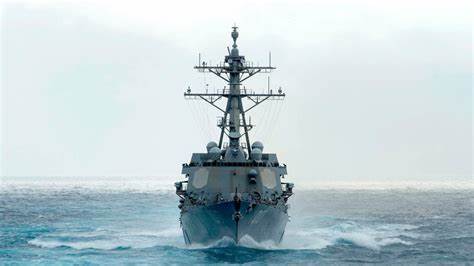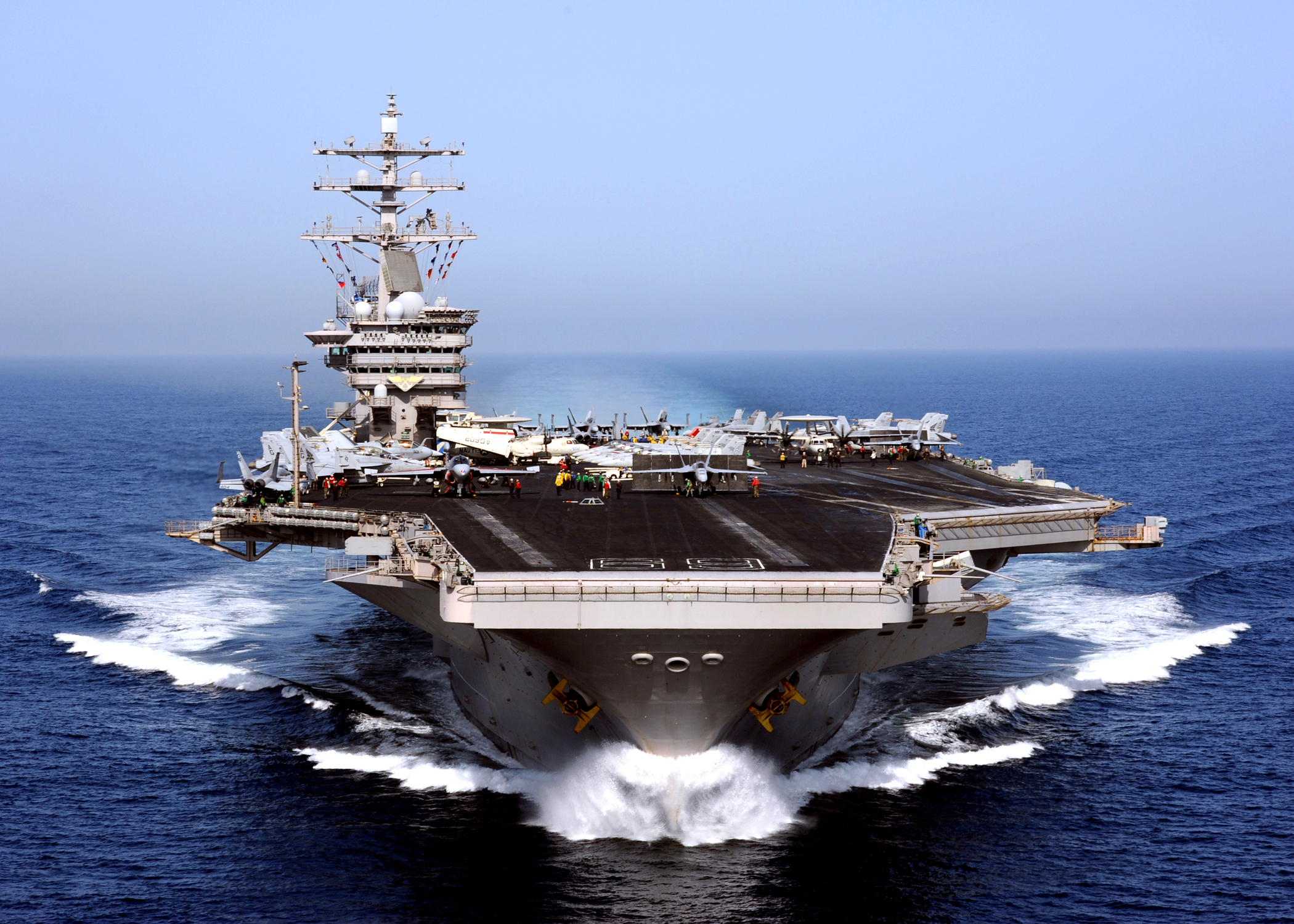
The United States Navy stands at a pivotal point in its storied history as it seeks to modernize its fleet amid evolving threats and a shift in strategic thinking. Reports highlight the impending end of the era for large surface warships, a cornerstone of maritime dominance for centuries.

As the Navy plans to introduce next-generation guided-missile destroyers, DDG(X), by 2032, replacing the aging Ticonderoga-class ships, experts and events point towards a pressing need to rethink the future composition of naval forces.

The Ticonderoga class, aircraft carriers, and next-generation guided-missile destroyers are collectively referred to as “large surface combatants” (LSCs).

Advanced anti-access/area denial (A2/AD) capabilities wielded by rival nations, cast a shadow over the viability of these massive power projection platforms.

The cost, vulnerability, and timeline associated with deploying the sophisticated DDG(X) come under scrutiny as the defense industrial base grapples with meeting these challenges.

DDG(X) will possess “96 standard Vertical Launch Systems (VLS) cells, with an ability to incorporate 12 larger missile launch cells, in place of 32 of the 96 VLS cells. It is also to include two 21-cell Rolling Airframe Missile (RAM) launchers, and possibly also an ability to be built with an additional mid-body hull section, called the Destroyer Payload Module, that would provide additional capacity,” according to a recent report by the Congressional Research Service.

“The Navy continues its quest to acquire expensive surface warships,” highlighting an apparent contradiction in a rapidly downsizing fleet.

The recent conflict in Ukraine underscores the threat to large warships.

The sinking of Russia’s Moskva battlecruiser by Ukrainian forces illustrates the vulnerabilities of such vessels in modern warfare.

As the DDG(X) aims to include advanced technologies like Directed Energy (DE) weapons and increased missile capacities, some advocate a paradigm shift towards enhancing America’s submarine fleet and investing in unmanned underwater vehicles (UUVs).

Not only are submarines harder to kill, but they also represent a strategic counter to A2/AD systems, which include sophisticated submarine-tracking devices.

This transition would not only address the immediate technological and strategic challenges but also reflect a broader historical context.

The storied USS Constitution, launched in 1797 and still afloat, symbolizes the enduring relationship between naval power and national prosperity.

However, maintaining maritime superiority in an age of advanced threats demands a dynamic response.

Naval dominance has long been associated with the free transit of goods, underpinning global trade and the world economy.
Relevant articles:
– The U.S. Navy Can’t Admit the Age of the Powerhouse Warship Is Over, The National Interest
– The Age of Big Powerhouse U.S. Navy Warships Is All Over Now, The National Interest
– Boston National Historical Park (U.S. National Park Service), nps.gov
– The Age of American Naval Dominance Is Over, The Atlantic

